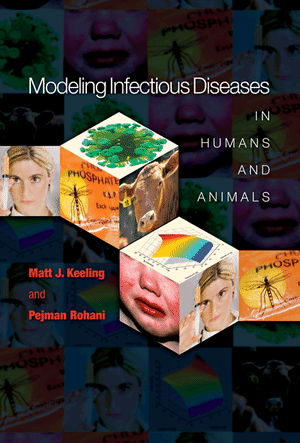|
As an extension of Program 3.1, we
now formulate equations (and programs) for an SIS-type infection in a
population that can be structured into multiple risk groups, labelled
1,...,m. Again we define
Ii as the proportion of the entire
population that are both infectious and in risk group i, and set ni
as the proportion of the population that are in group i irrespective of infectious status.
The dynamics of each risk group is derived from two basic events,
infection and recovery, with infection coming from any of the risk
groups. (Note, throughout
this book we use the same ordering of subscripts such that transmission
is always βto from.) For a general SIS model with any number
of risk classes we obtain the following differential equations:
Parameters
m
|
is
the number of risk groups.
|
| β |
is the (m×m) matrix
of transmission
rates and incorporates the encounter rate between susceptible and
infectious individuals together with the probability of transmission. |
| γ |
is
a vector of recovery rates, one for each risk group. |
| n |
is
the
vector of proportion of the population that are in each risk group
|
| I(0) |
is
the vector of initial
proportions of the population that are both infectious and in each
risk group. |
All rates are
specified
in years.
Requirements.
All parameters must be positive, and ni ≤ 1, Σni=1, Ii(0)≤
ni. For
computational simplicity, we insist that m≤20.
It is also usual for β to be
symmetric.
Files
C++ Program, Python Program, Fortran Program, Parameters, MATLAB Code.
|


